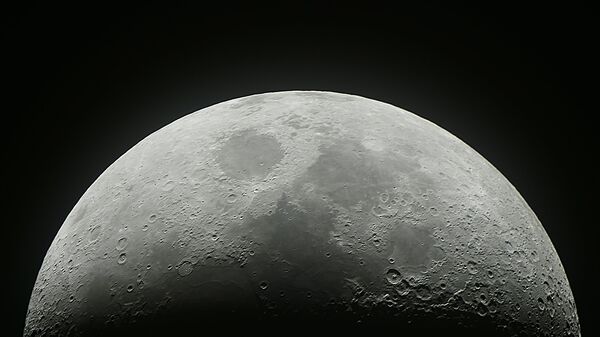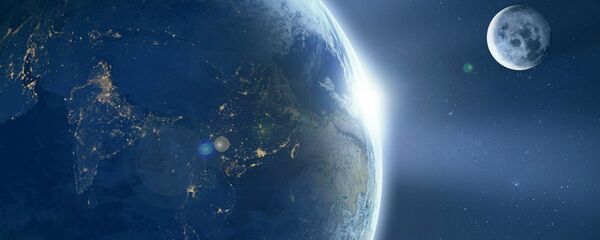For years, observations of the Earth’s natural satellite had shown some signs of the water, but those signs could also be explained away by other phenomena like the unusually reflective lunar soil. Now, however, the evidence brought up by a team of scientists, led by Shuai Li of the University of Hawaii and Brown University confirmed the reality of ice deposits at the bottom of the lunar craters on the Moon's north and south poles. This isn’t crystal-clear ice, but muddy, mixed with a lot of lunar dust and hidden away in craters where direct sunlight cannot reach to melt it. Li has told AFP that unlike previous signals, this is a final and definitive answer to the question whether there is a water on the Moon.
READ MORE: World Marvels at Longest ‘Blood Moon’ Eclipse Expected for a Century (PHOTOS)
The water ice accumulations are most likely to be ancient, lying there for many, many years in the super-cold temperature of —157 Celsius. They were first discovered by the Chandrayaan-1 spacecraft, launched in 2008 by the Indian Space Research Organization. Using data from NASA's Moon Mineralogy Mapper (M3) instrument, it was possible to locate the specific signatures of water-ice in lunar craters, NASA told AFP in a statement on Tuesday.
NASA's statement also confirmed that there is enough ice to claim that “water would possibly be accessible as a resource for future expeditions to explore and even stay on the Moon,” a nod toward possible lunar colonies.
The US space agency is aiming to return to further moon exploration in the coming years, including sending astronauts to the satellite's surface for the first time since the last Apollo mission in the 1970s. The future exploration will help determine how much ice there is on the moon, whether the ice is suitable for possible lunar colonies and whether the ice is naturally occurring or arrived with comets or asteroids. The answer to the latest question might provide more information about the history of the Earth’s satellite – and the Earth itself.


